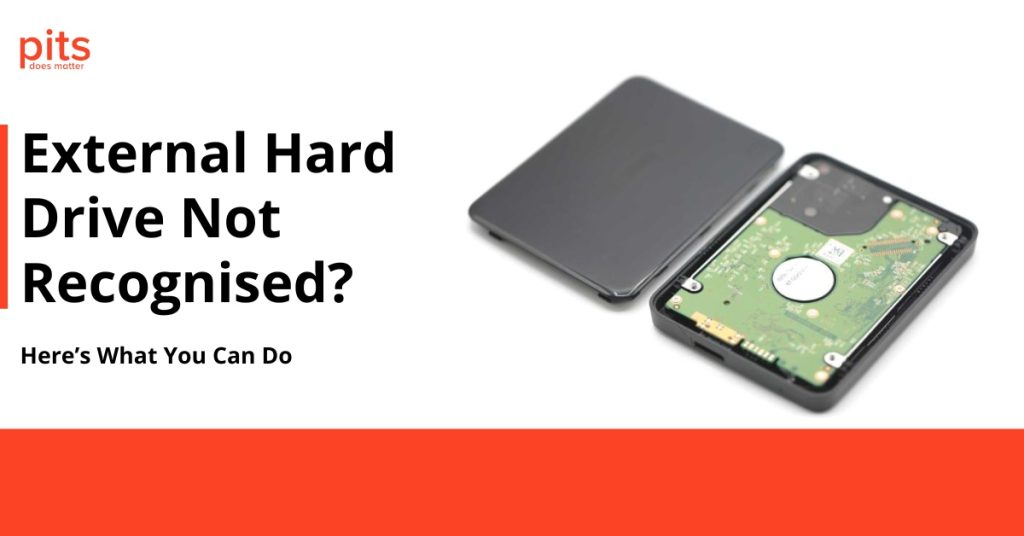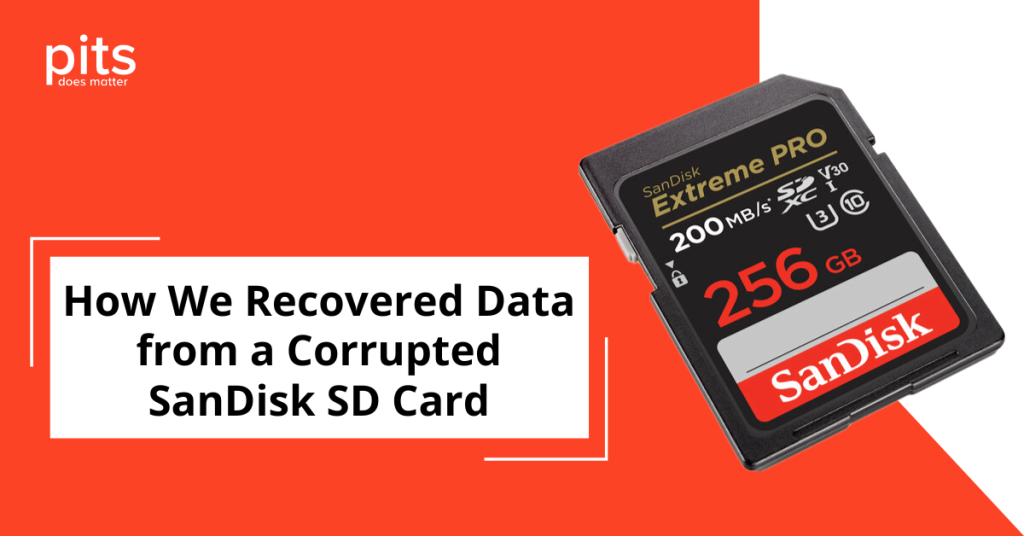RAID 10, also known as RAID 1+0, combines the strengths of RAID 1 and RAID 0, balancing redundancy and performance. By merging RAID 1’s mirroring with RAID 0’s striping technique, this technology provides a resilient solution for storage and speed. RAID 10 is suitable for environments that require data integrity and high performance, making it a popular choice among enterprises and technology enthusiasts.
Understanding RAID 10
RAID technology combines several drives into a single unit to improve fault tolerance. This setup allows systems to function at a reduced capacity even if one disk fails. Commonly used in network-attached storage (NAS) devices and servers for business purposes, RAID employs techniques like striping, mirroring, or parity to manage data across disks.
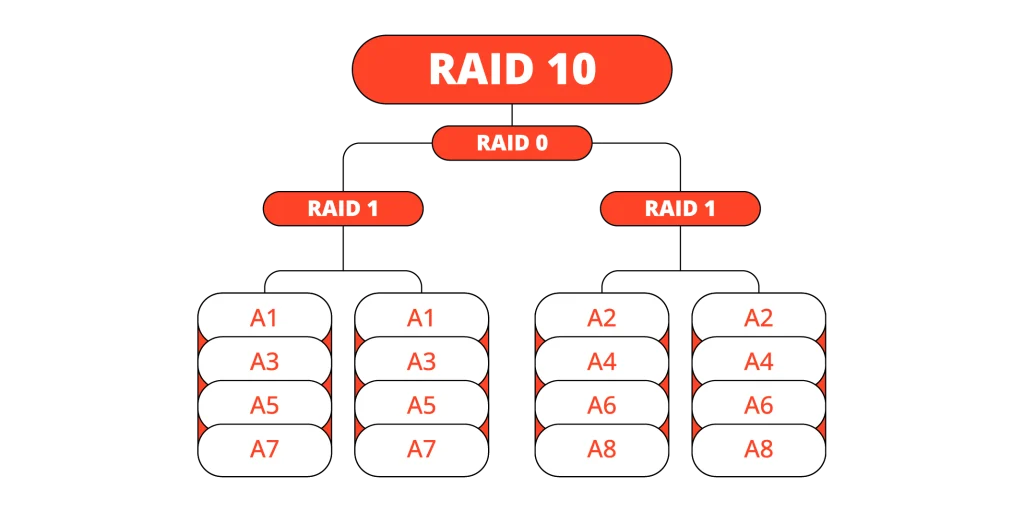
RAID 10, which requires a minimum of four physical disks and a compatible controller, writes data across multiple disks simultaneously to enhance performance. Blending features from RAID levels 0 and 1, RAID 10 offers quicker data read/write speeds without parity. However, it’s crucial to note that RAID, including RAID 10, should not be seen as a replacement for backup solutions. If one disk becomes corrupted, data on other disks could also be impacted. A reliable backup strategy involves storing data separately to prevent corruption.
Advantages of RAID 10
RAID 10, also known as RAID 1+0, offers a combination of the benefits from RAID 1 (mirroring) and RAID 0 (striping), providing an optimal balance of redundancy and performance. RAID 10 offers strong data protection features as it duplicates data across multiple drives to prevent data loss. If one drive malfunctions, the mirrored data on another drive remains secure.
This redundancy offers a high level of fault tolerance, making RAID 10 particularly suitable for mission-critical applications where data integrity is paramount.
RAID 10 Performance
RAID 10 stands out for its exceptional performance capabilities. Shipping data across mirrored drives offers the speed benefits of RAID 0, effectively doubling read and write performance compared to a single drive.
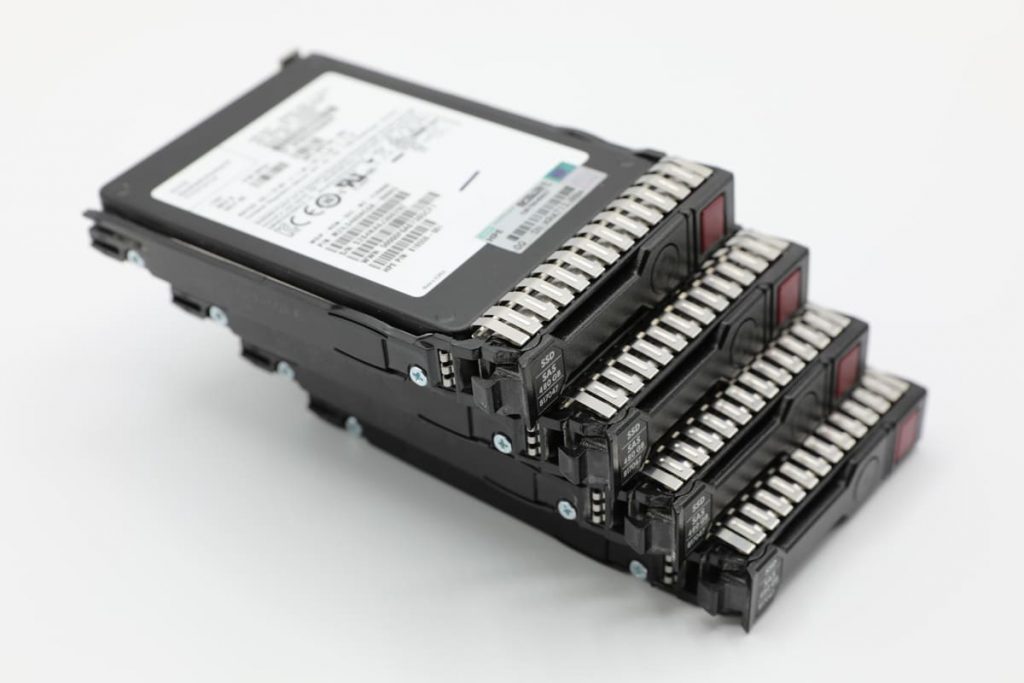
Furthermore, RAID 10 provides efficient and straightforward rebuilds in the event of a drive failure. Unlike some other RAID levels, Redundant Array 10 rebuilds only involve copying data from the surviving mirror of the failed drive rather than complex parity calculations or extensive data reconstruction processes. This streamlined rebuilding process reduces the risk of encountering errors during recovery and minimises the time it takes to restore the array to full redundancy. RAID 10’s strong data protection, high performance, and efficient rebuilds make it ideal for organisations valuing reliability and speed.
Drawbacks of RAID 10
Although Redundant Array 10 has many benefits, its drawbacks must be considered. One major downside is its higher cost compared to other RAID setups. Redundant Array 10 requires a minimum of four drives to function, combining mirroring and striping features. This leads to storage costs that can be twice the raw capacity due to redundant data copies across drives.
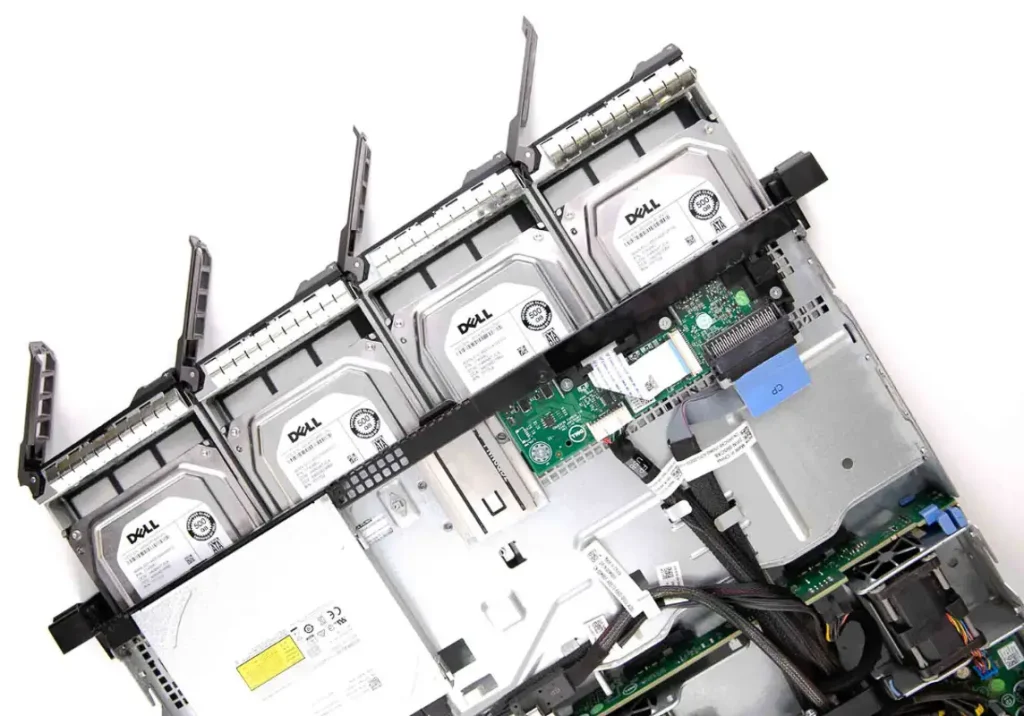
For organisations on a budget or with limited storage needs, the cost of RAID10 may be too high, prompting them to look into other RAID setups that better balance performance and redundancy.
Another downside of RAID 10 is its lower usable capacity than other RAID levels. Since RAID ten requires mirroring, only half of the drive capacity is available for data storage, with the other half used for redundancy.
This reduced capacity efficiency can be an issue fororganisations needing extensive storage or more space for many drives. Furthermore, as the number of drives in a RAID ten array increases, the risk of drive failures rises, impacting reliability and increasing maintenance complexity. Despite these drawbacks, RAID-10 remains popular for tasks where performance and data protection are crucial, providing a good mix of speed and redundancy for critical workloads.
RAID 10 vs Other RAID Levels
Understanding the differences between RAID 10 and other levels is crucial for choosing the right storage solution. RAID 10 excels in redundancy and performance by using mirroring and striping for faster operations, ideal for high-performance computing. Comparing Redundant Array 10 with RAID 0 and RAID 1 reveals key differences. RAID 0 strips data for performance but lacks redundancy, risking data loss if a disk fails.
| Feature | RAID 10 | RAID 0 | RAID 5 |
|---|---|---|---|
| Minimum Number of Disks | 4 | 2 | 3 |
| Data Protection | Excellent | None | Good |
| Performance | High | Highest | High |
| Capacity Efficiency | 50% | 100% | 67%-94% |
| Fault Tolerance | Can lose 1 drive per mirrored pair | None | Can lose 1 drive |
| Rebuild Time | Fast (only from mirror) | Not applicable | Slow |
| Cost | Higher (due to more disks for redundancy) | Lower | Moderate |
RAID 1 prioritises mirroring for redundancy, which may impact performance compared to RAID 10’s hybrid method. RAID 10, needing at least four disks, has higher costs but excels in fault tolerance and speed, ideal for data-sensitive operations. Choosing a RAID level hinges on performance, redundancy, capacity, and budget needs.
Seeking Professional Assistance
Whether using Redundant Array 10 or any other RAID configuration, remember that no system is entirely immune to failure. If you have faced any data loss with RAID configurations, please get in touch with our service for assistance. Our team of experts is skilled in data recovery from all types of RAID setups, including RAID 10, and we are committed to helping you restore your valuable information as quickly and efficiently as possible.
FAQ - Importance of RAID 10
What is RAID 10 for?
RAID 10, or RAID 1+0, combines mirroring and striping to provide high performance and data redundancy. It is commonly applied in critical scenarios requiring data integrity and speed, such as database management, file serving, and virtualisation.
How many drives can fail in RAID 10?
RAID 10 can withstand a single drive failure in each mirrored pair without data loss or performance issues. However, multiple drive failures in the same mirrored pair could lead to the failure of the entire array.
When should I use RAID 10?
RAID 10 is an excellent choice for applications requiring top-notch performance and robust data security. Typically used in corporate environments such as databases and virtualisation, where rapid read/write speeds and minimal latency are crucial. It’s also well-suited for small enterprises handling essential workloads within storage limitations.
Is RAID 10 faster than 0?
Although RAID 10 usually outperforms RAID 0, its speed may not equal that of RAID 0 because of the additional redundancy and overhead. Nevertheless, in situations with significant read/write needs, such as databases and virtualisation, RAID 10 can surpass RAID 0 in overall speed.
Is RAID 10 hot-swappable?
RAID 10 arrays support hot-swapping, replacing failed drives while the system is operational, ensuring uninterrupted array functionality. This capability helps businesses ensure constant availability and prevent downtime during drive failure. It is recommended that faulty drives be replaced promptly for optimal performance and data security.
What are the backup recommendations for a RAID 10 array?
While Redundant Array 10 provides excellent redundancy and resilience against drive failures, other substitutes exist for a comprehensive backup strategy. Regular backups are essential to safeguard against data loss due to catastrophic events, malware, or corruption. Best practices suggest implementing a 3-2-1 backup strategy – keeping at least three copies of your data, with two on different media and one located offsite. Additionally, periodic backup integrity and restoration process testing are crucial to ensure data can be recovered when needed.
